We woke to a beautiful day and out the door we went.
Our site:
Our Cave Tour started at the Daniel Boone Parking Area where we met our rangers. After a safety orientation, a little history on the cave, and picking up our lanterns, away we went on the Wilderness Trail, formerly the Wilderness Road:
“The Wilderness Road was the principal route used by settlers for more than fifty years to reach Kentucky from the East. In 1775, Daniel Boone blazed a trail for the Transylvania Company from Fort Chiswell in Virginia through the Cumberland Gap into central Kentucky. It was later lengthened, following Native American trails, to reach the Falls of the Ohio at Louisville. The Wilderness Road was steep, rough, narrow, and it could only be traversed on foot or horseback. Despite the adverse conditions, thousands of people used it.
A segment of the Wilderness Road was among the first roads in the United States to be paved. The old road from the town of Cumberland Gap, Tennessee to Middlesboro, Kentucky through the mountain pass was paved and completed on October 3, 1908. This was an "object-lesson" road (a new kind of paved macadam construction funded by local communities but with federal governmental supervision) initiated by the U.S. Office of Public Roads. At that time, only about 680 miles (1,090 km) of paved roads existed in the United States. Its name was later changed to U.S. Route 25E. This new road brought a new industry, tourism, to the rural areas filling hotels and restaurants with travelers.
Today, Cumberland Gap is a National Park. Since the completion of the Cumberland Gap Tunnel in 1996, a project has been underway to restore the original appearance of the Wilderness Road as it crosses the historic Cumberland Gap. Since 2001 Hwy. 25E has been obliterated over several miles of its length and the original grade restored, including the addition of 32 feet (9.8 m) of elevation to restore the Gap to its original contour, with virtually all modern artifacts, buildings and roads removed. The replanting of thousands of seedlings from original forest stocks in the area is intended, over a period of decades, to recreate a forest that will allow visitors to view the crossing of the Gap on the Wilderness Road as travelers would have experienced it circa 1790. This section of the Wilderness Road is now a hiking trail, including an interpretive center about the road's history located on the Tennessee side.”
The Cumberland Gap as we climbed the eastern side of the Gap:
And into Gap Cave:
Gap Cave was first named by Dr. Thomas Walker in 1750 and went thru a number of explorers and owners since then. In the later 1890s, commercial tours of the cave began and it was renamed Cudjos Cave. When the National Park Service took over the area, the Cave had been damaged and vandalized. They shut it down and have been restoring it. Cave tours were restarted in 2000 – only a limited amount of folks are allowed in the cave daily. As of October 2015, 18.5 miles of passages has been mapped. It is the 42nd longest cave in the United States and 154th in the world.
And it was just beautiful inside.
The sparkles that you see is the camera flash shining off the different crystals:
We learned about Stalagmites and Stalactites, what they are and how they are made.
How do you remember both:
Stalactites – hang tightly to the ceiling (top down);
Stalagmites – you might trip over them (ground up)!
This looked like a town on a shelf:
Out of the cave and back down the mountain:
What a great tour!
We went back home for lunch and decided to head to the Pinnacle since it was such a beautiful day! On our way:
The Gap from the west side – looks like a saddle:
Isn’t the view AMAZING! We could see three states from here:
A great view of the historic town of Cumberland Gap, TN and the eastern entrance to the tunnel:
Andy standing in Virginia and Tennessee – ![]() :
:
The Cumberland Gap Tunnel:
When Cumberland Gap National Park was first established in 1955, it was envisioned that highway 25E would be removed from the Cumberland Gap, and that the Gap and Wilderness Road would be restored to a late 1700s appearance. It took over 40 years to accomplish that goal when the tunnel opened on October 18, 1996.
In 2002, the asphalt on the old U.S. Route 25E through Cumberland Gap was demolished, with the earth re-contoured to resemble a wagon trail. The National Park Service used tons of rock excavated from the tunnel to re-create the topography of the late 1700s, when settlers crossed the Cumberland Gap into Kentucky from Tennessee on the old “Wilderness Trail”. (See the pictures on the beginning of our Cave Tour above.)
And we continue to cross three states a day – ![]()
We ended the day with another great campfire.
Enjoy today!
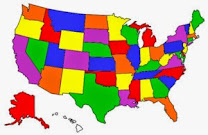




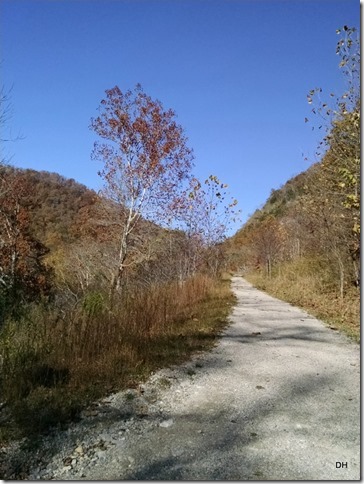

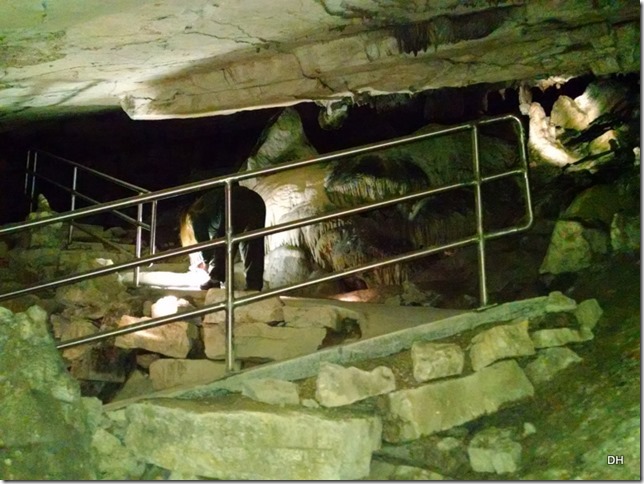


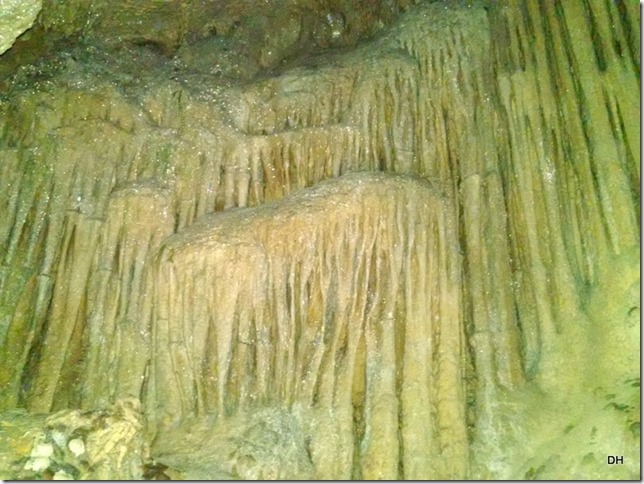
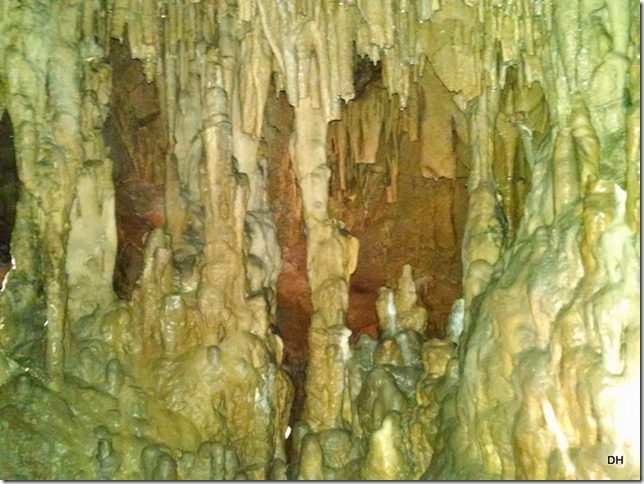




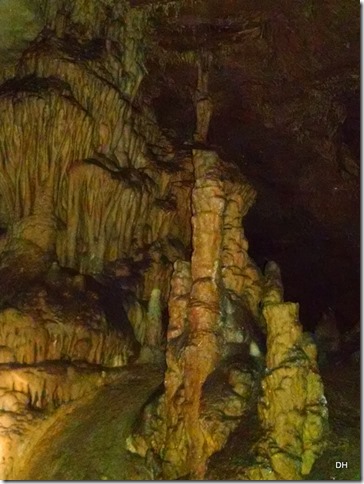

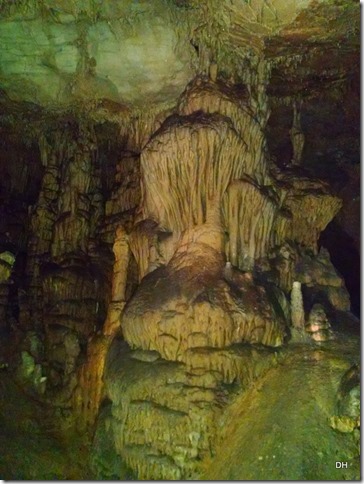

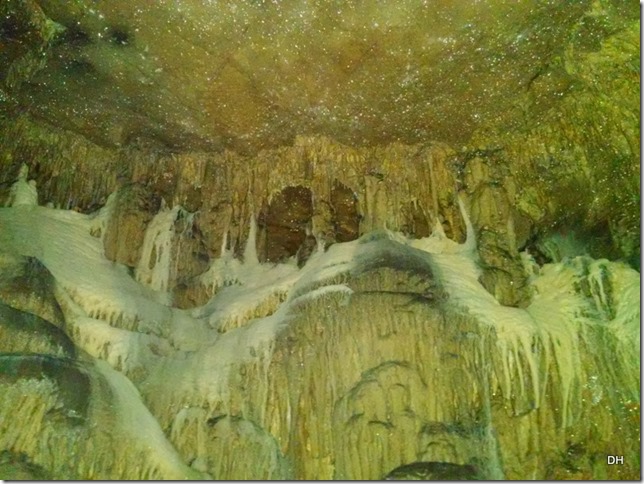
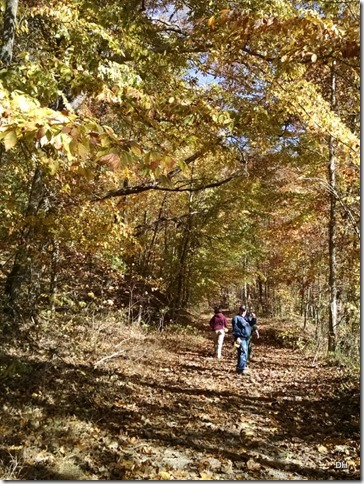
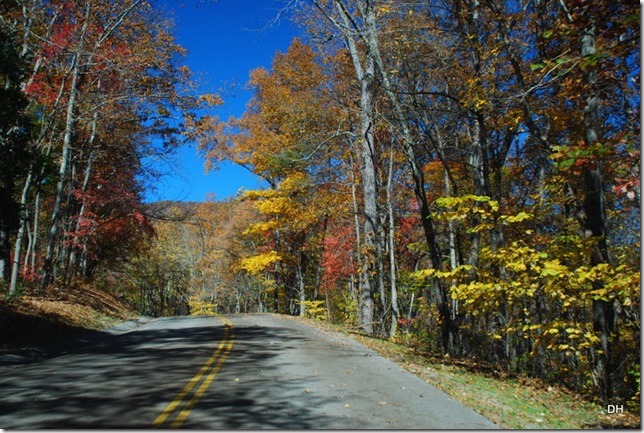

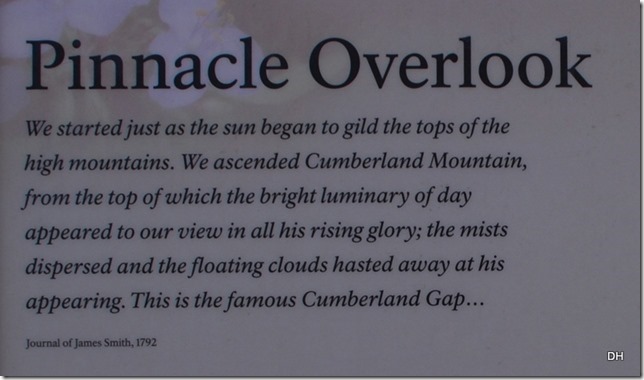




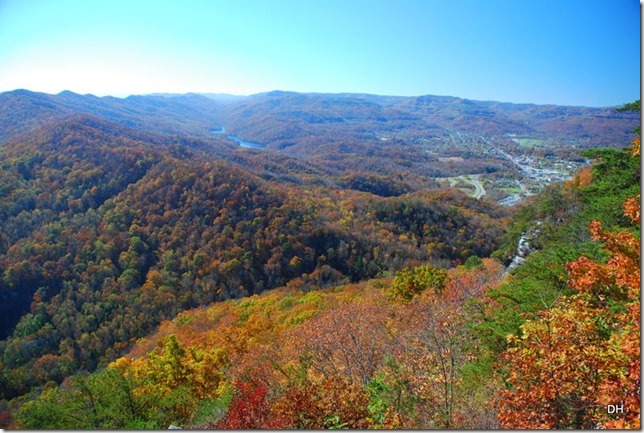





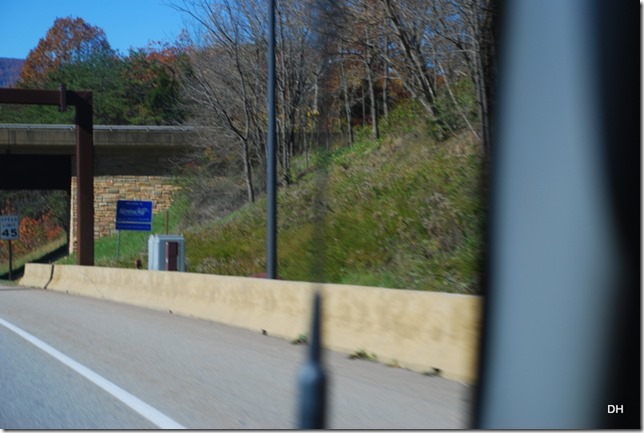





No comments:
Post a Comment